Lower Wekiva Loop Trail via Bear Pond Trailhead In Seminole State
The Lower Wekiva Loop Trail in Seminole State Forest can be accessed at the Bear Pond Trailhead, located north of State Road 46, approximately 5 miles west of Interstate 4. It is a popular hiking and biking trail located in the Seminole State Forest, Florida.
Seminole State Forest is situated in central Florida, in Lake County, near Eustis. This beautiful forest area offers a variety of recreational opportunities and is a favorite destination for outdoor enthusiasts.
The Lower Wekiva Trail, also known as the “Wekiva Wilderness Preserve Trail,” takes you on a scenic journey through some of Florida’s natural beauty. The trail is well-maintained and offers hikers and bikers a chance to explore the area’s diverse ecosystems, including pine flatwoods, hardwood hammocks, and wetlands.
Here are some key features and highlights of the Lower Wekiva Trail:
Length and Difficulty: The trail stretches for 10.4 miles, making it suitable for beginner and intermediate hikers and bikers. It’s a relatively flat and easy trail, making it accessible to a wide range of fitness levels.
Scenic Beauty: As you venture along the Lower Wekiva Trail, you’ll be surrounded by lush vegetation and a variety of plant and animal species. Keep an eye out for wildlife, including birds, deer, and other critters commonly found in Florida’s forests.
River Views: The trail takes you close to the banks of the Wekiva River, providing opportunities to enjoy the serene beauty of the water and possibly spot some aquatic wildlife.
Wildlife Viewing: The forest is home to various bird species, such as woodpeckers, hawks, and warblers. There’s also a chance to see other wildlife, including turtles, alligators, and even the occasional black bear.
Recreational Activities: The Lower Wekiva Trail is popular among hikers, bikers, nature enthusiasts, photographers, and birdwatchers. It’s a great place to immerse yourself in the peacefulness of nature.
Trailhead and Facilities: The trail has designated trailheads with parking areas, restrooms, and informational kiosks. These facilities make it convenient for visitors to access and enjoy the trail.
As with any outdoor activity, preparing before embarking on the Lower Wekiva Trail is essential. Bring plenty of water, wear comfortable hiking or biking shoes, and protect yourself from the Florida sun with sunscreen and a hat. Additionally, be sure to follow Leave No Trace principles, respecting the environment and wildlife as you enjoy this beautiful trail in the Seminole State Forest.
For more information: https://www.fdacs.gov/…/State…/Seminole-State-Forest

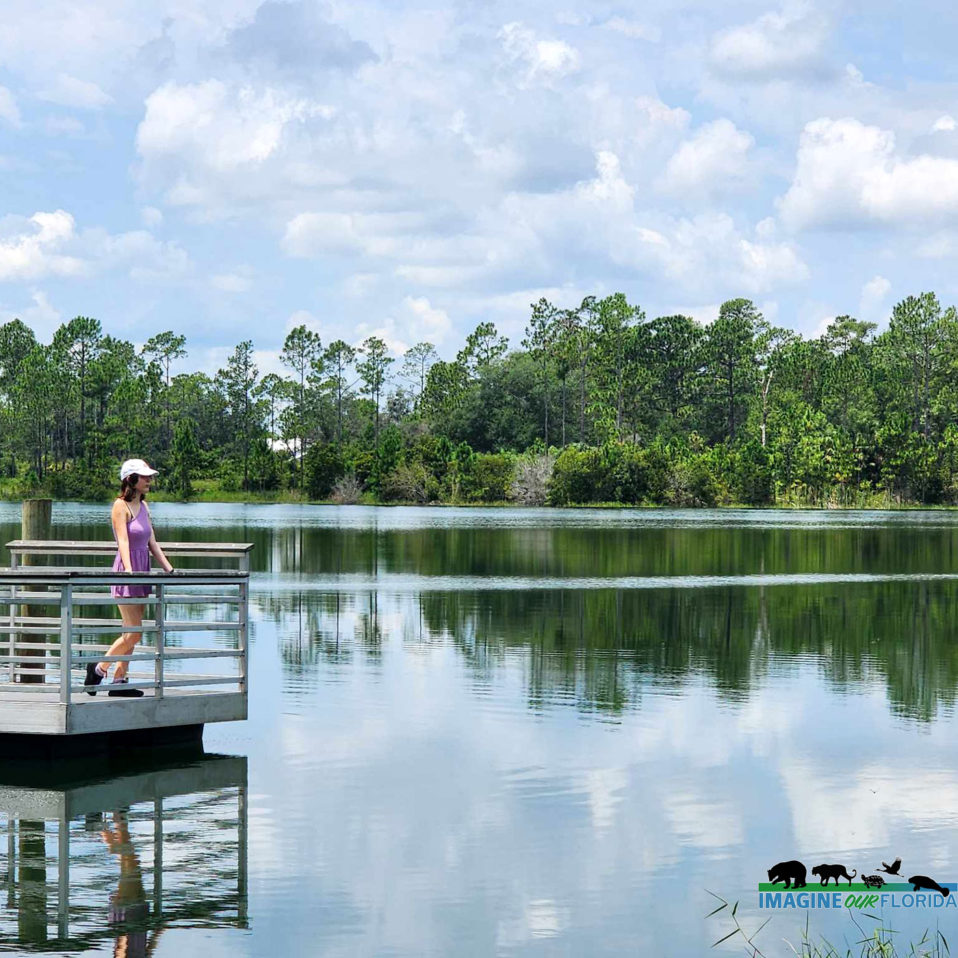
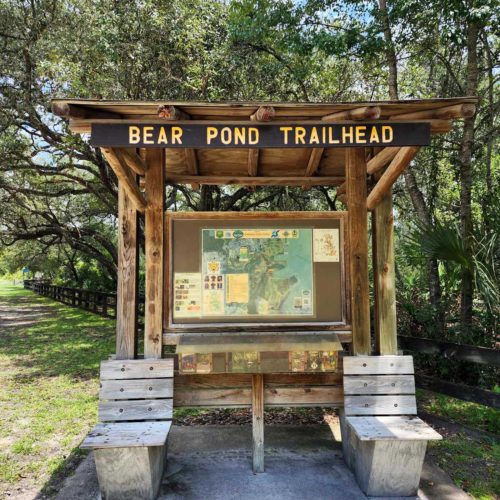
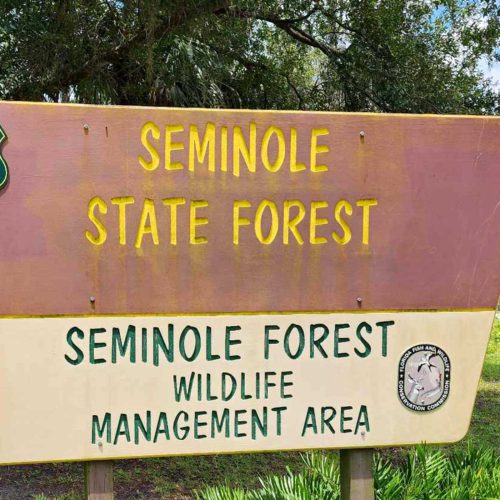
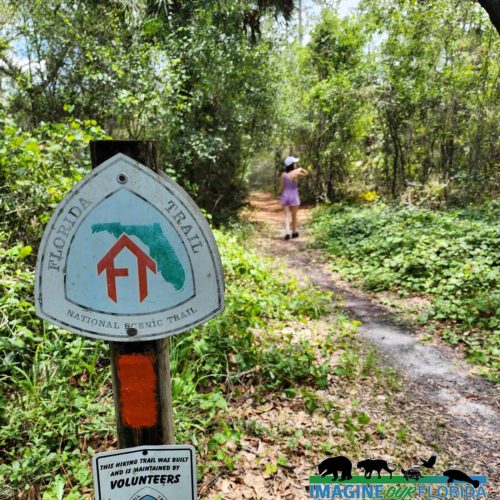
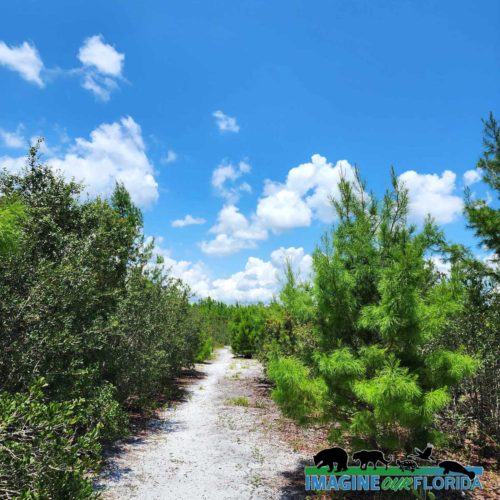
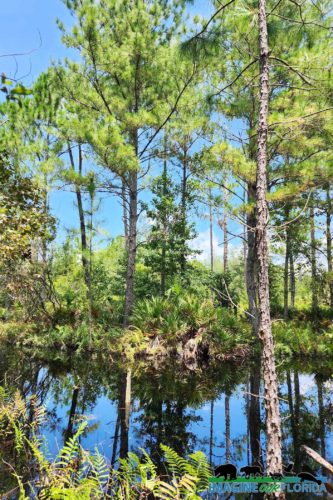
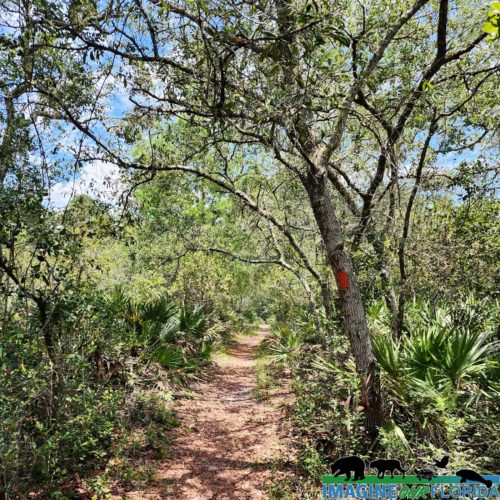
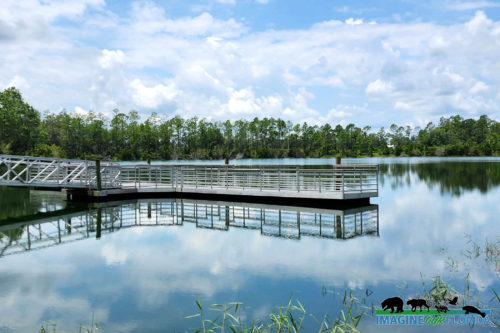
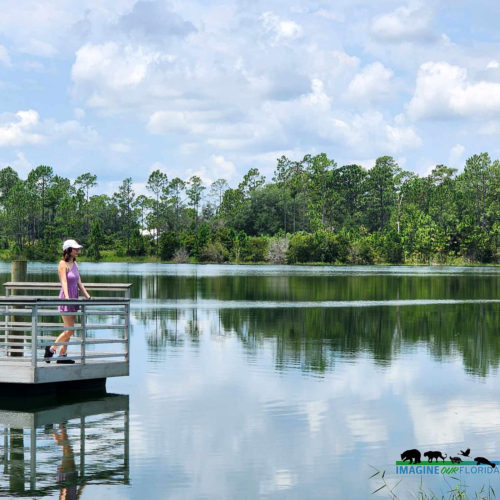
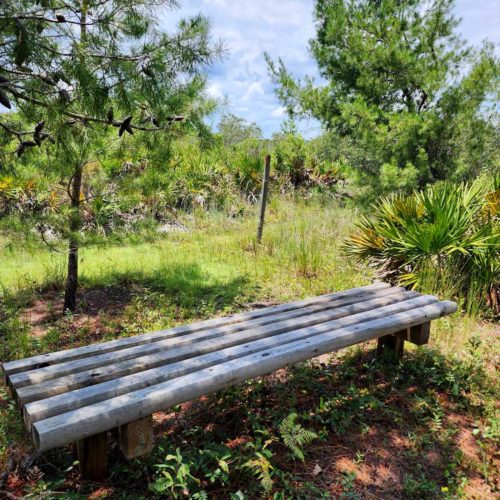
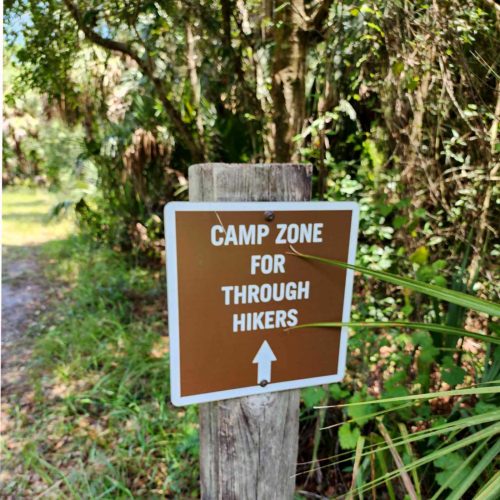
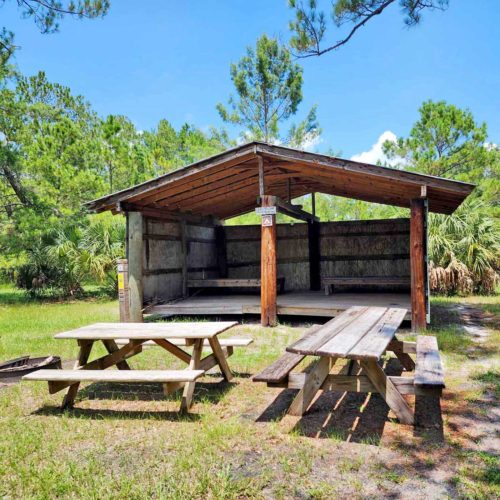
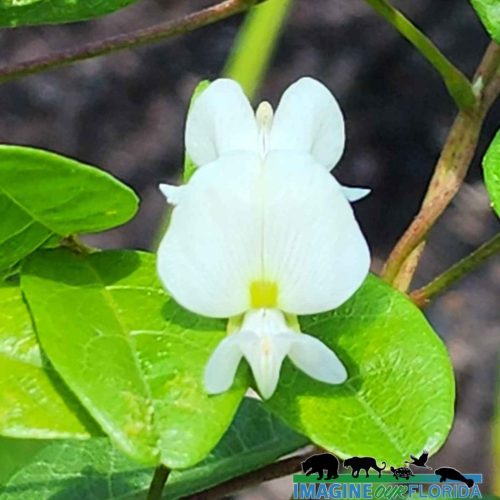
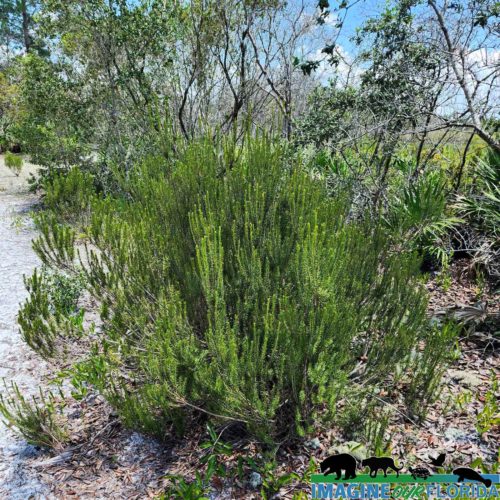
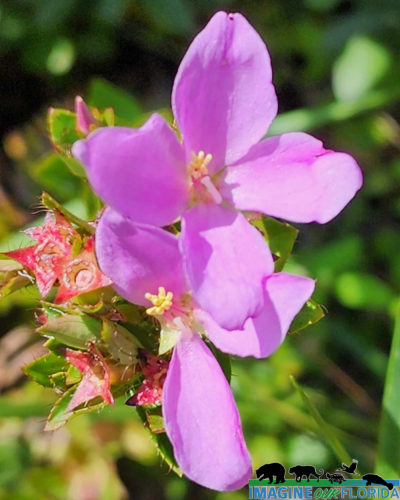
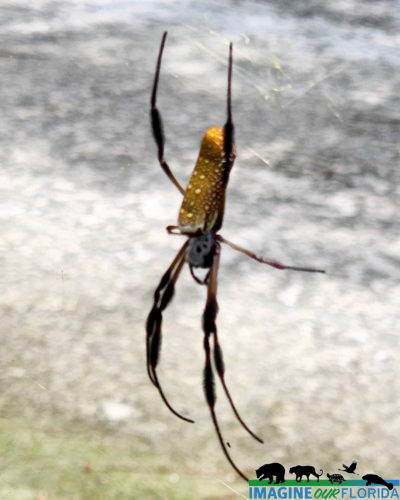
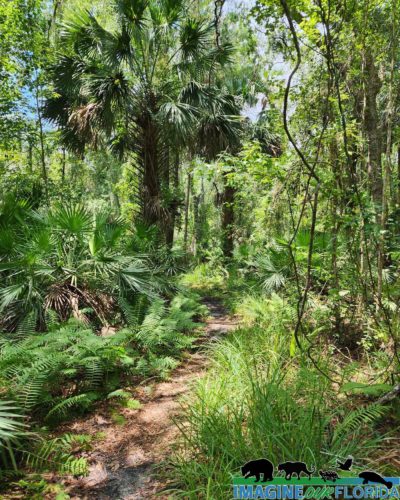
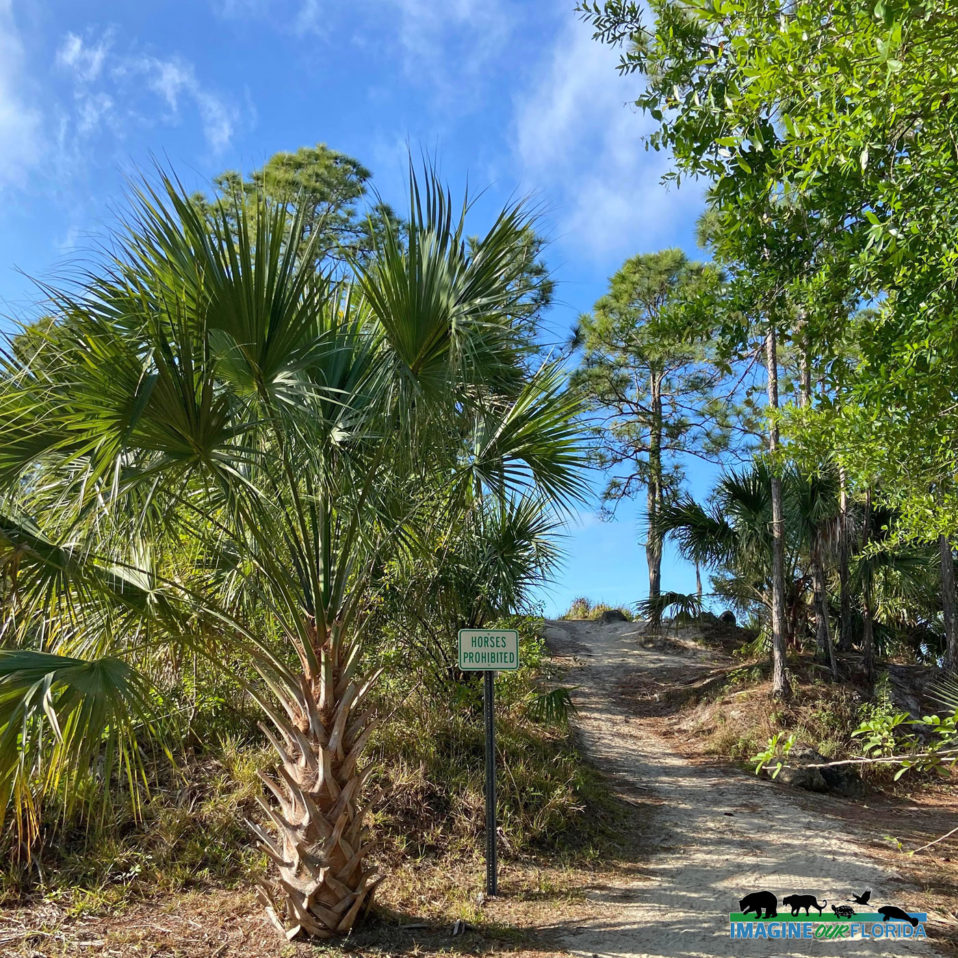
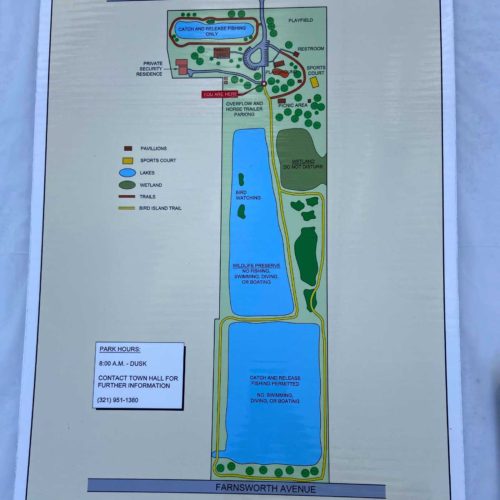
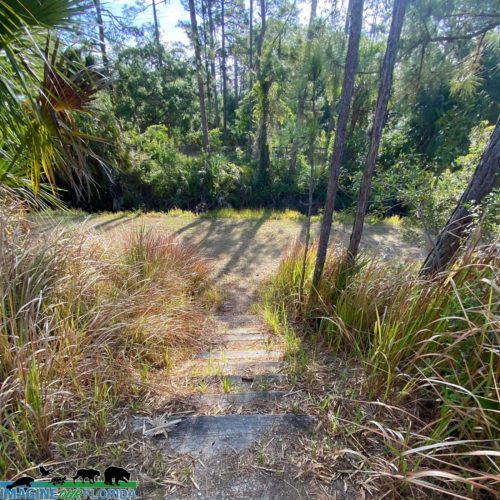
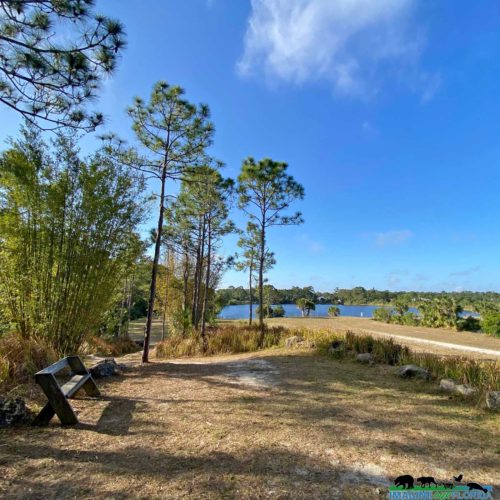
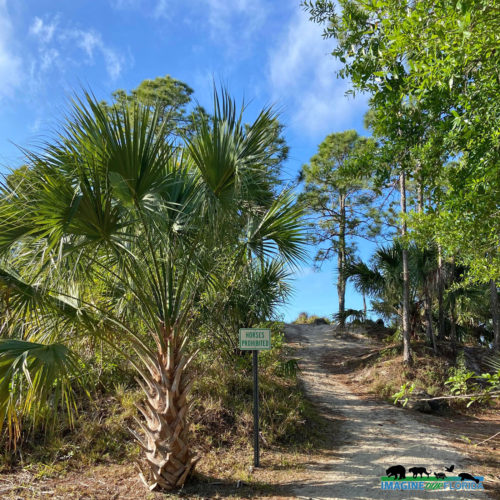
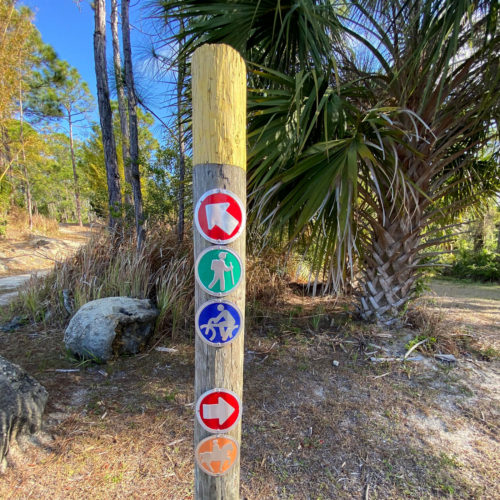

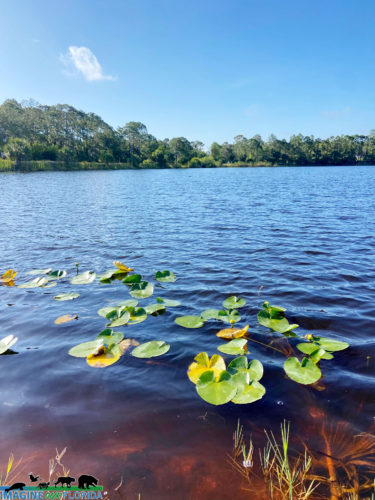
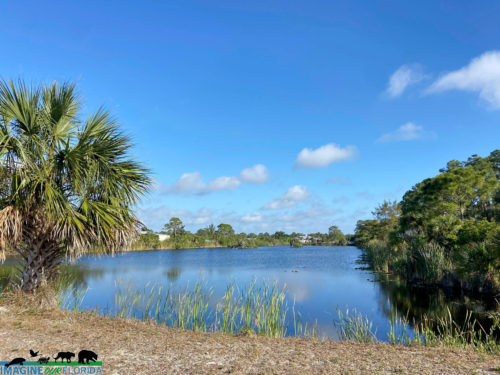
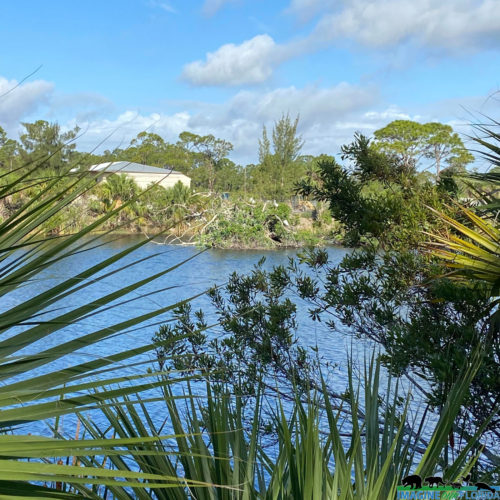
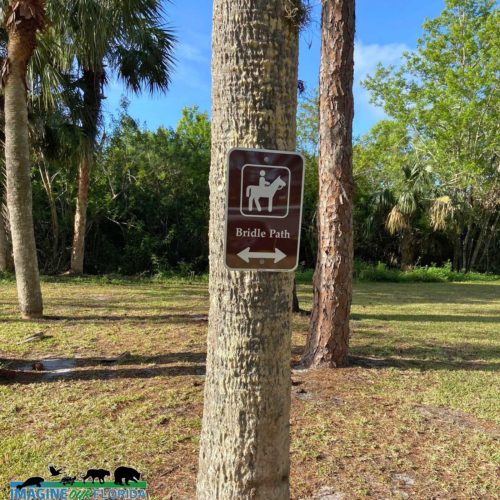
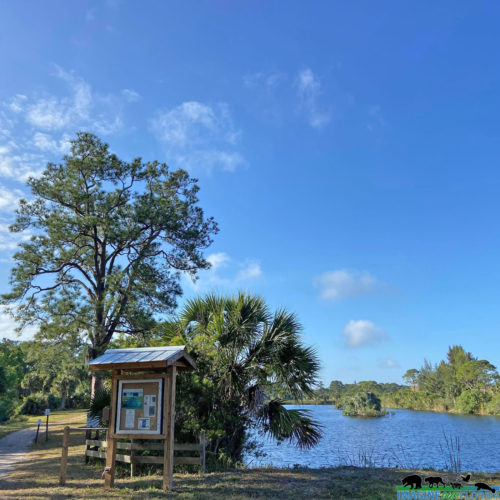
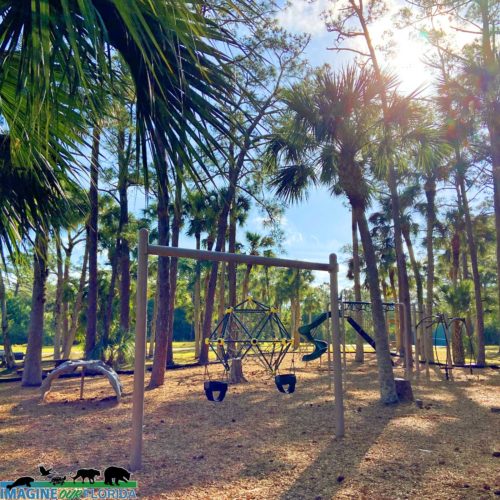
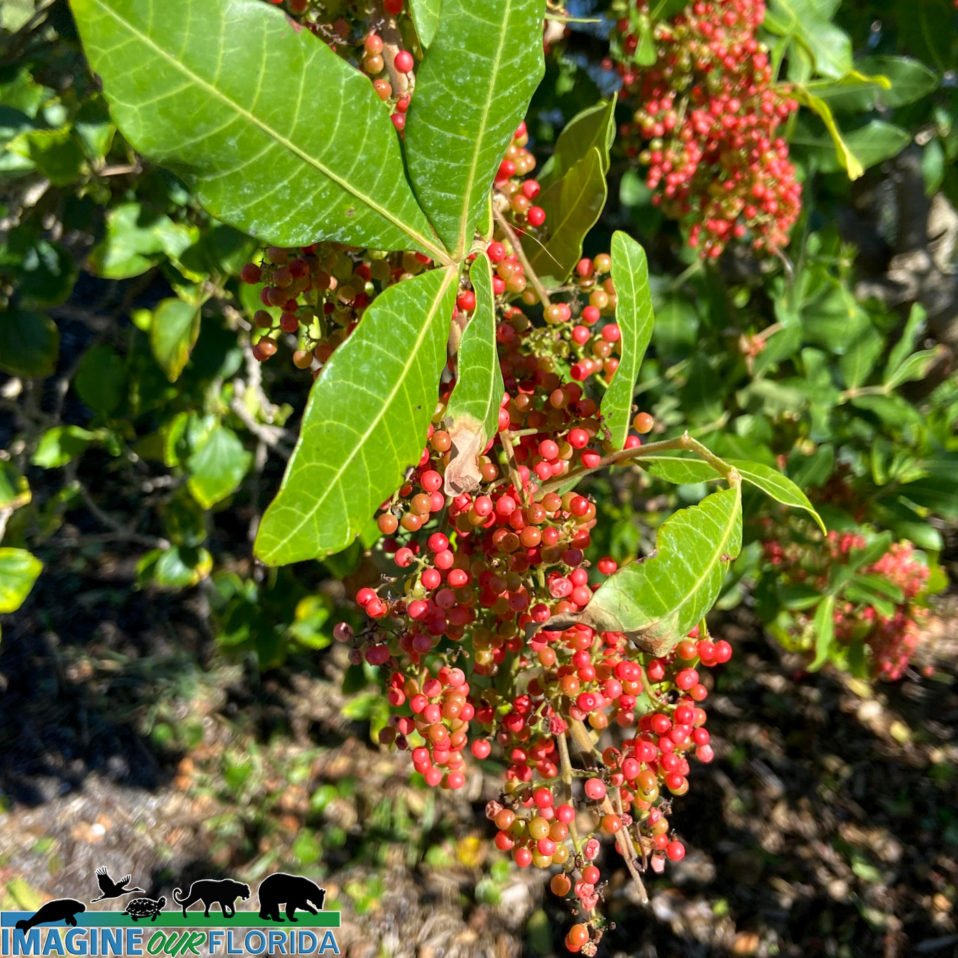
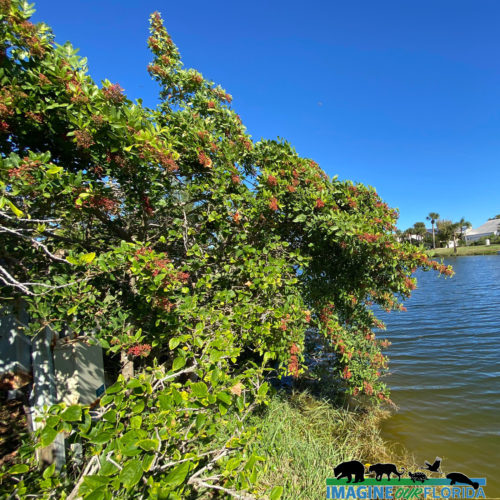
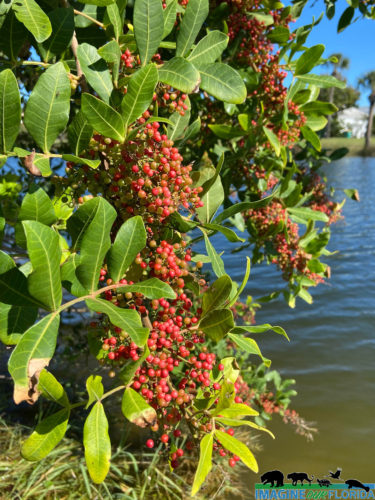 lian
lian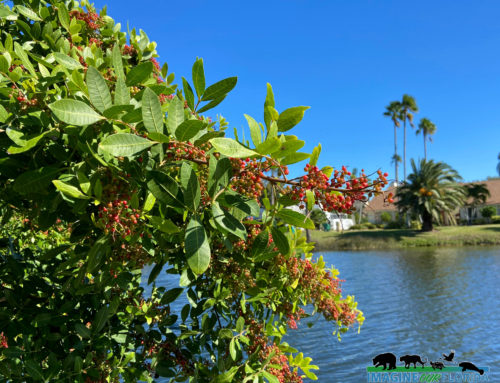
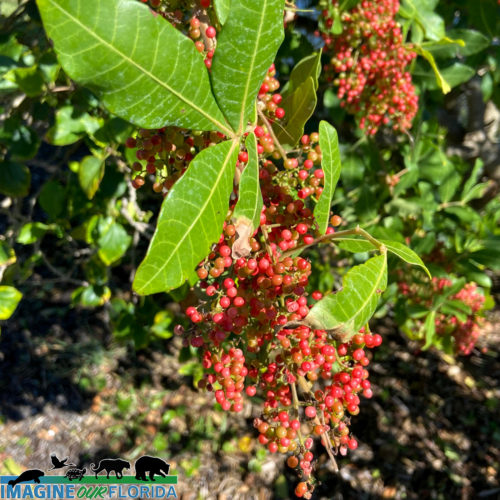
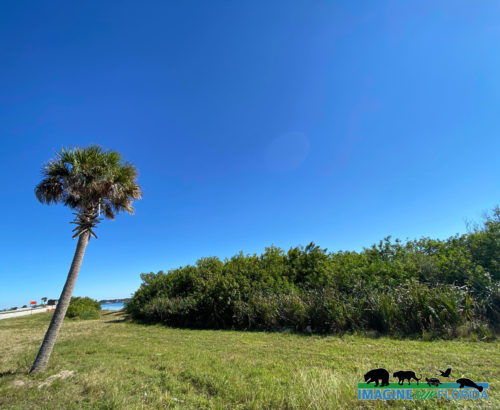
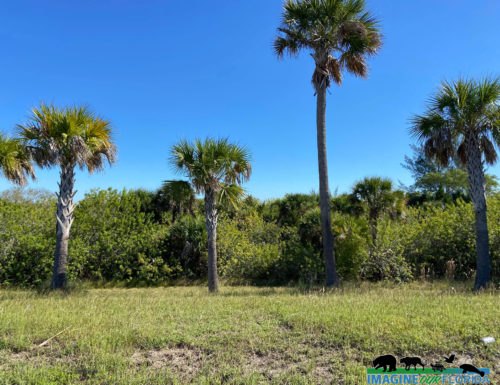
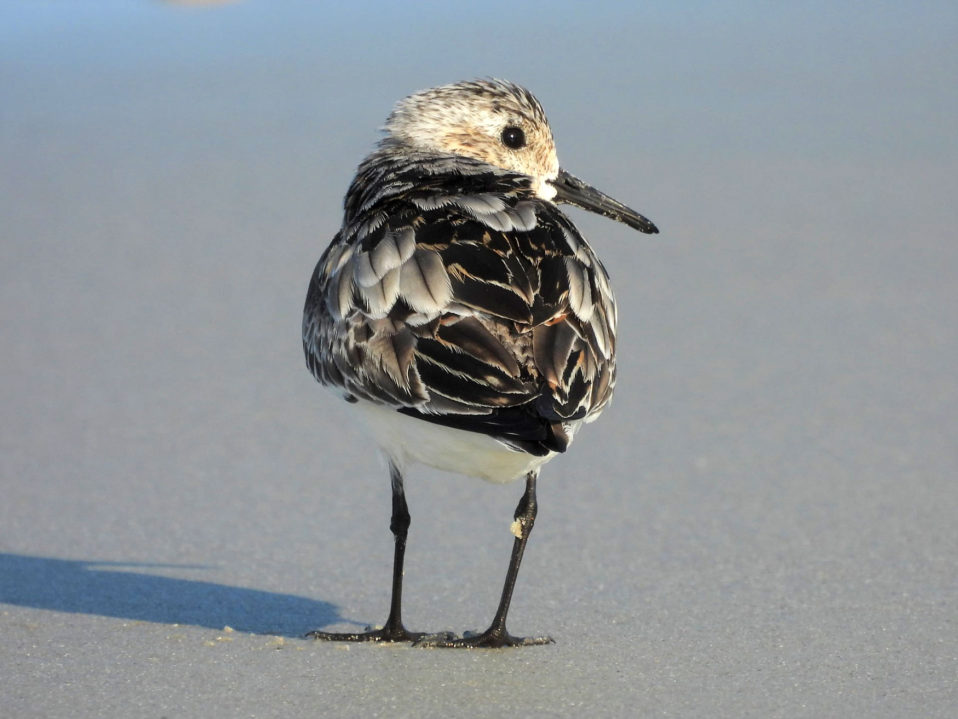
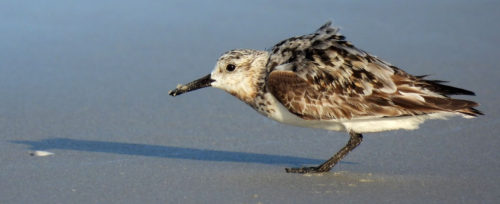
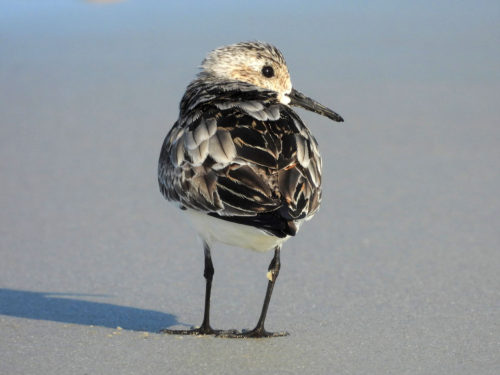
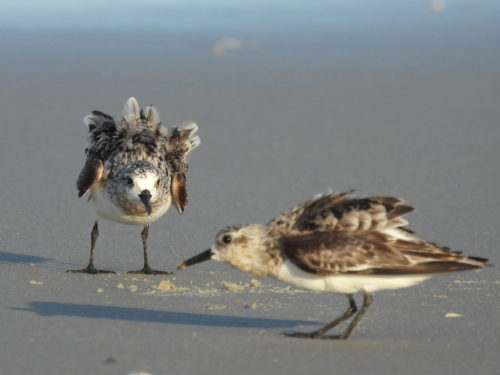
Recent Comments